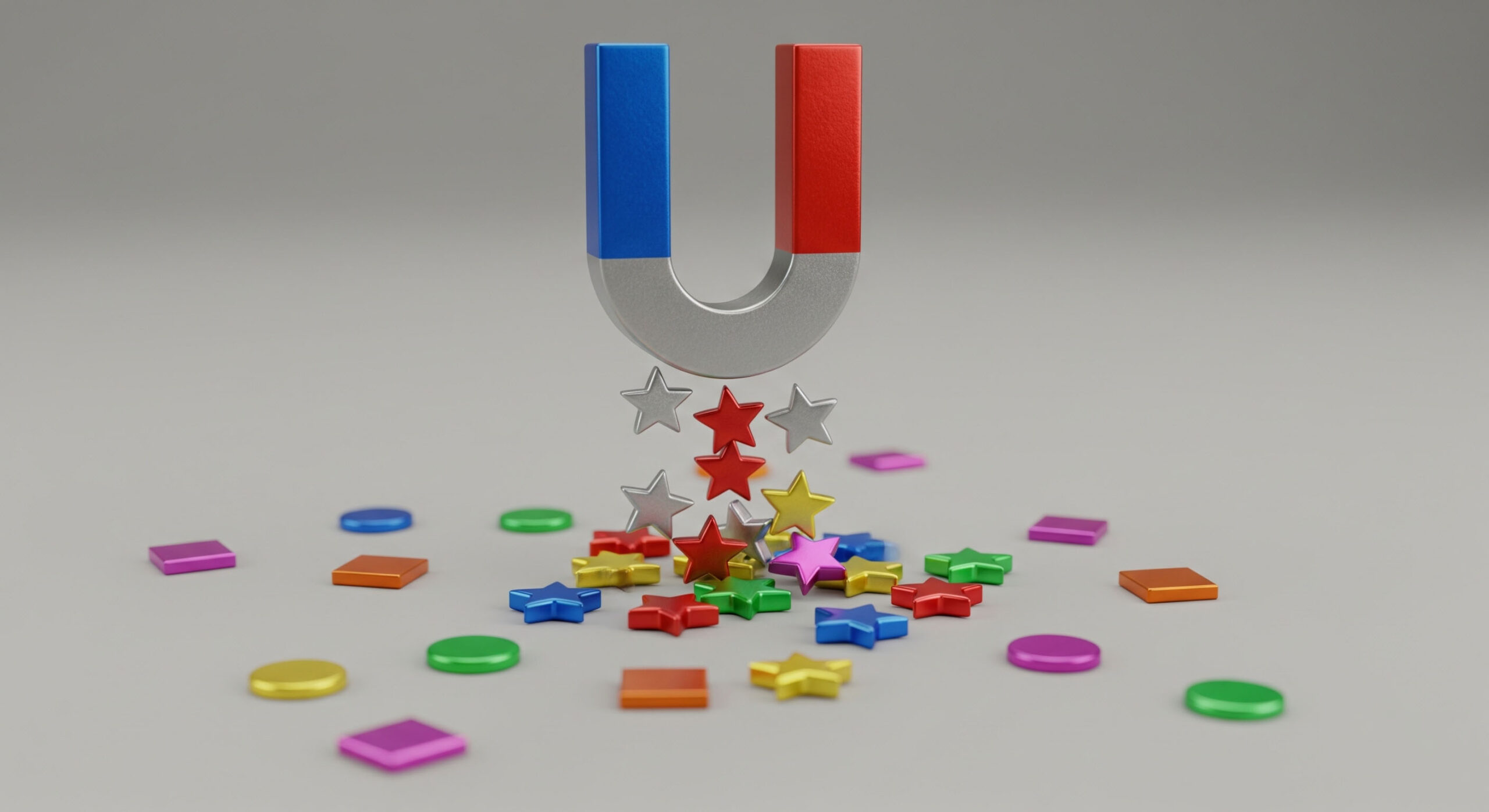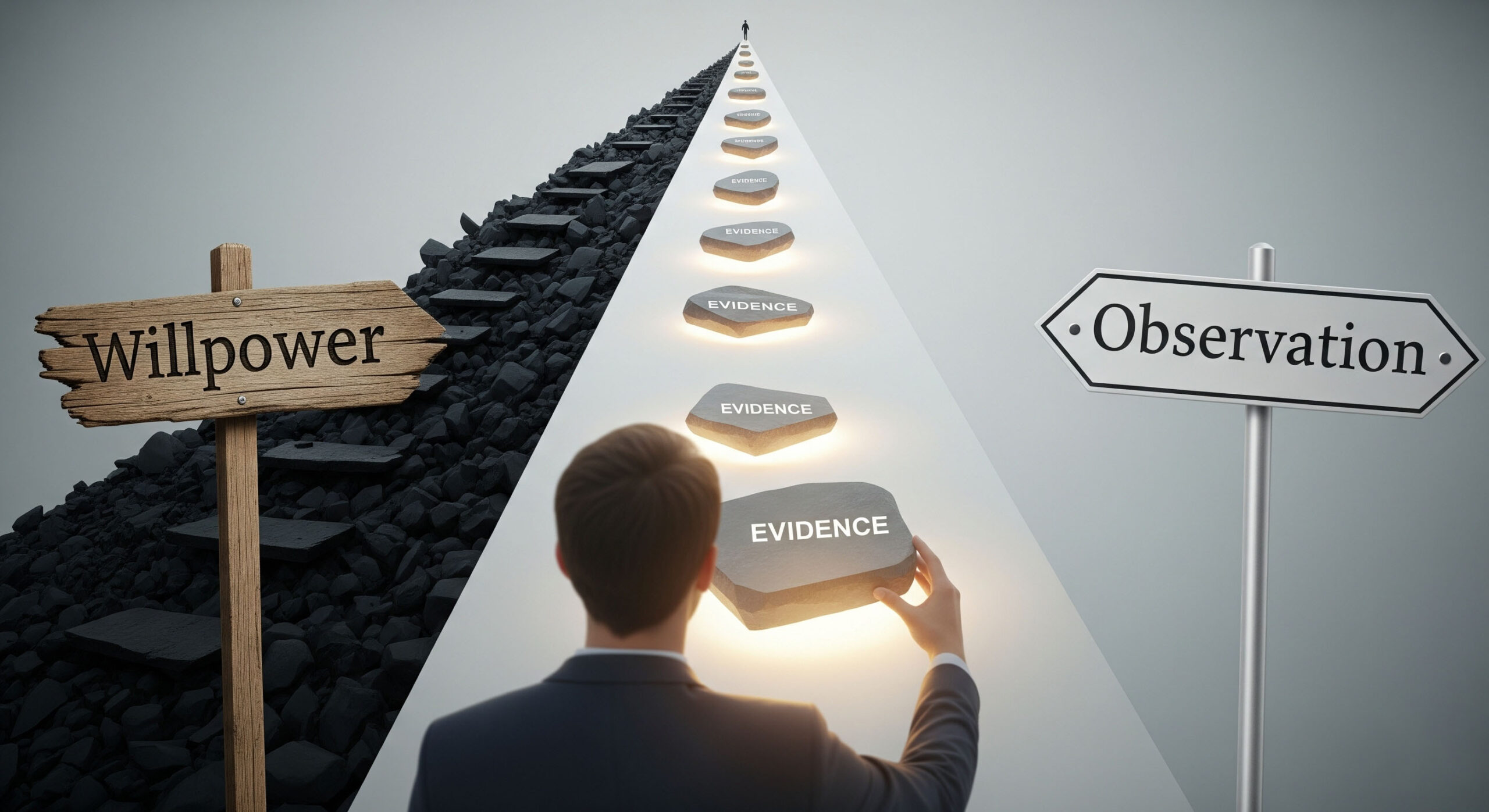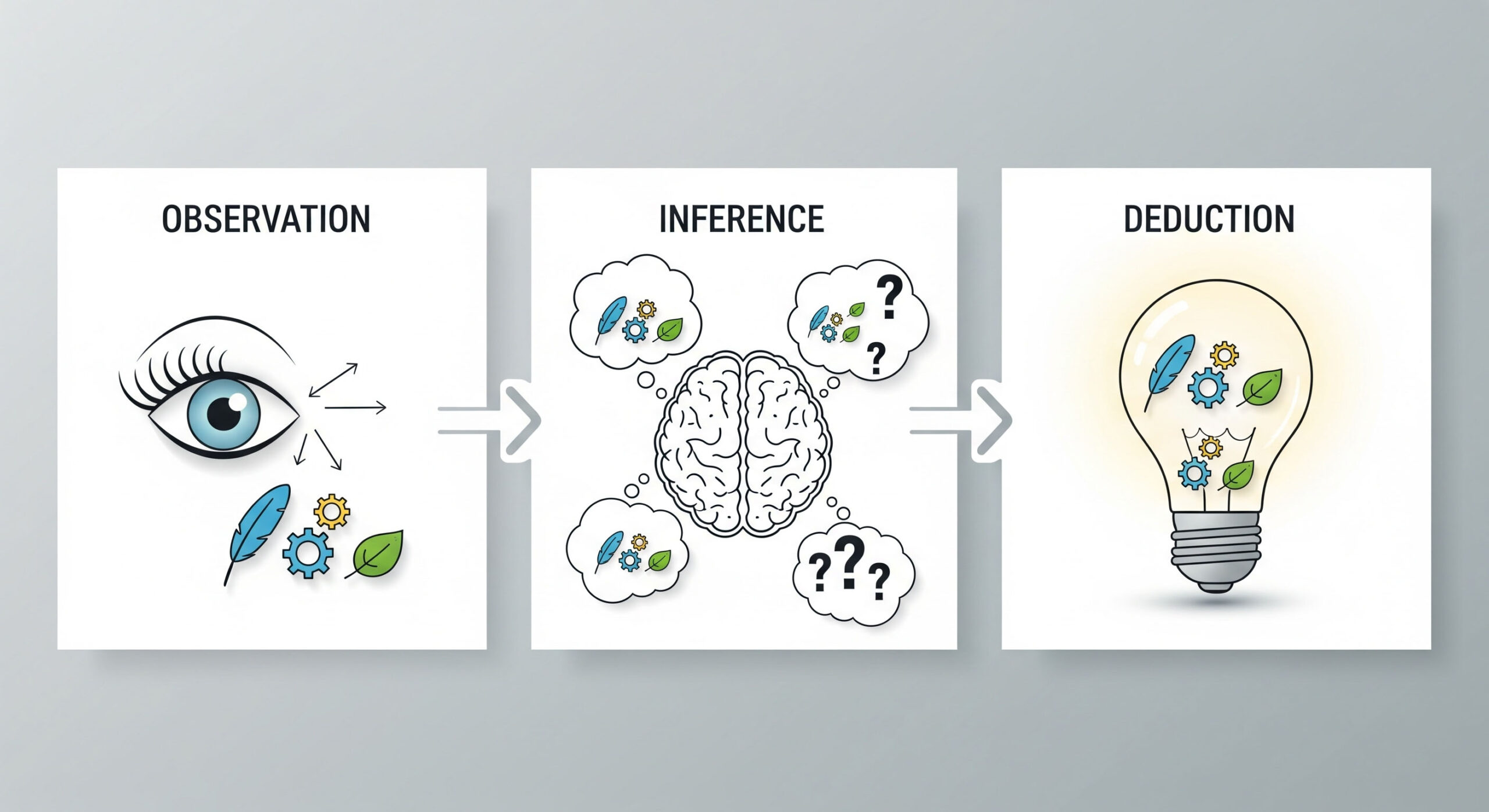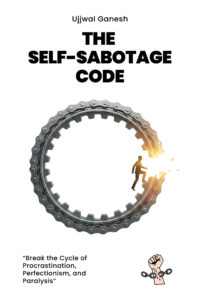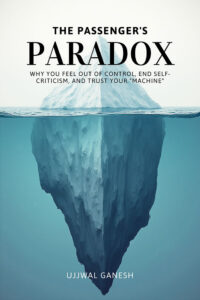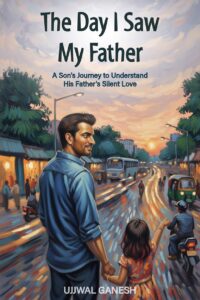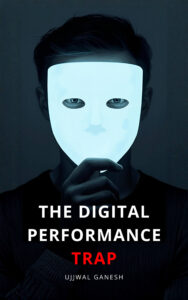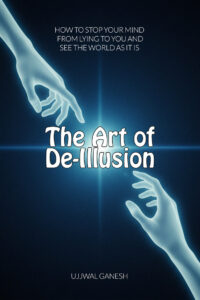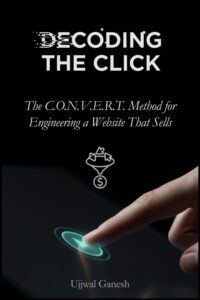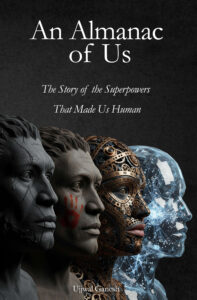For centuries, even experienced medical professionals have sworn they’ve seen a strange pattern: when the moon is full, the hospital emergency room descends into chaos. They’ll tell you stories of more accidents, stranger injuries, and a general air of craziness. It’s a belief held by a surprising number of rational, intelligent people.
There’s just one problem: it’s not true.
A deep analysis of more than 30 peer-reviewed studies found absolutely no correlation between a full moon and hospital admissions, crime rates, or any other unusual events . Yet, a 2005 study found that 7 out of 10 nurses still believed in the full moon effect.
What’s going on here? These nurses aren’t foolish. They are falling victim to one of the most powerful and deceptive glitches in the human mind, a mental error that affects all of us every single day. Psychologists call it
Confirmation Bias. It’s the invisible force that keeps us locked in our old beliefs, holds us back from growth, and actively hides the truth from us, even when it’s right in front of our eyes.
What is Confirmation Bias? Your Brain’s Biased Detective
Confirmation bias is the natural human tendency to search for, interpret, favor, and recall information in a way that confirms or supports our preexisting beliefs or hypotheses.
Think of your brain not as an impartial scientist seeking objective truth, but as a biased detective who has already decided who the culprit is before the investigation has even begun. This detective now spends all their time looking for clues that fit their initial theory, while conveniently ignoring or dismissing any piece of evidence—no matter how compelling—that might prove them wrong.
This isn’t a character flaw; it’s a feature of our evolutionary design. Our brains evolved to make quick decisions for survival. Creating mental shortcuts (heuristics) based on past experiences was an efficient way to navigate a dangerous world. But in our complex, modern society, this same shortcut becomes a bug. It keeps us trapped in echo chambers, reinforces our worst stereotypes, and prevents us from seeing the world—and ourselves—with clarity.
How Confirmation Bias Holds You Back in Daily Life
This biased detective is running the show in almost every area of your life, often with negative consequences.
- In Your Beliefs (The Personal Echo Chamber): You see this every day online. We follow people on social media who think like us and mute or block those who don’t. We choose news sources that validate our existing worldview. The algorithms notice this preference and happily feed us more of the same. Over time, our social media feed becomes a perfectly curated echo chamber where our beliefs are never challenged and only reinforced, leading to a more polarized and less nuanced understanding of the world.
- In Your Relationships (The “I Knew It!” Trap): Imagine you have a lingering belief that your partner is “bad with money.” Your brain’s biased detective will go on high alert. You’ll notice every single time they make an impulse purchase or splurge on something you deem unnecessary. You’ll think to yourself, “See! I knew it!” Meanwhile, you will be functionally blind to the dozens of times they are frugal, pack their own lunch, or save money in small ways, because those events are “non-events” that don’t fit your theory.
- In Your Career (The First Impression Fallacy): When you interview a job candidate, you often form a first impression within minutes. If that impression is positive, you spend the rest of the interview unconsciously asking questions that allow the candidate to shine. If the impression is negative, you ask tougher questions and interpret their answers in a more critical light. Your initial bias can lead you to hire a charismatic but unqualified person or reject a brilliant but nervous one.
A Practical Guide to Fighting Confirmation Bias
You cannot eliminate your brain’s natural tendency for bias, but you can create a system to check it. The goal is to move from being a biased detective to a more impartial scientist. Here are three powerful tools to help you do just that.
Tool #1: The Contingency Table (The Myth Buster)
This brilliant and simple tool, which James Clear discusses in his article on illusory correlations, is a way to visually test your assumptions. Let’s apply it to the full moon myth . To test the belief, you need to look at all four possibilities, not just the one that’s easy to remember:
- Cell A: Full Moon + Busy Night (Very memorable, proves the theory!)
- Cell B: Full Moon + Normal Night (Easy to forget; a non-event)
- Cell C: No Full Moon + Busy Night (Easy to dismiss as just a “random crazy night”)
- Cell D: No Full Moon + Normal Night (Also a non-event; easy to forget)
Confirmation bias causes us to remember and overemphasize Cell A, while ignoring the other three cells which likely happen far more frequently . You can draw this simple 2×2 grid for any belief you want to test: “Do I
only have creative ideas in the morning?” or “Is my commute always terrible on Fridays?” Tracking the data often reveals your belief is just a story, not a fact.
Tool #2: Actively Seek Disconfirming Evidence
Your brain is a brilliant search engine for confirming evidence. To fight this, you must give it a new, contrary command. Before making any important decision, make it a rule to spend at least 10 minutes actively trying to prove yourself wrong.
- Thinking of making an investment? Spend 10 minutes only reading articles and analyses from people who believe it’s a terrible investment.
- Convinced of a political viewpoint? Spend 10 minutes reading the most intelligent and well-reasoned argument from the opposing side.
This practice, famously used by Charles Darwin to challenge his own theories, feels uncomfortable but is a powerful antidote to the echo chamber.
Tool #3: The “Dis-Evidence” Journal
In a previous article, we discussed keeping an “Evidence Journal” to build a new identity. This exercise is the inverse: it’s a tool to dismantle a limiting, old identity.
- Identify a Limiting Belief: Write down a strong, limiting belief you hold about yourself. (e.g., “I am not a creative person.”)
- Become a Myth Buster: For one week, your only task is to act as a detective trying to disprove this belief.
- Log the Contradictory Evidence: Each day, you must find and write down at least one piece of evidence, no matter how small, that contradicts your belief. (“Today, I came up with a creative solution for storing my kitchen spices.”)
This exercise forces your brain to stop scanning for proof of your limitations and start scanning for proof of your potential.
The Goal Isn’t to Be Right, It’s to See Clearly
Fighting confirmation bias is not about seeking out opportunities to prove yourself wrong. It is about embracing a higher goal: valuing the truth more than the temporary comfort of being right. It is a practice of intellectual humility.
Every time you challenge your own assumptions, you weaken the grip of your brain’s autopilot and strengthen your capacity for conscious, clear-eyed observation. You open yourself up to a richer, more accurate, and less biased view of the world and yourself.
The self-awareness needed to spot your own biases is a foundational skill. In my book, The Observation Effect, I provide a complete guide to developing this inner clarity. By learning to see our own minds at work, we take the first and most critical step toward breaking free from the invisible scripts that hold us back.
